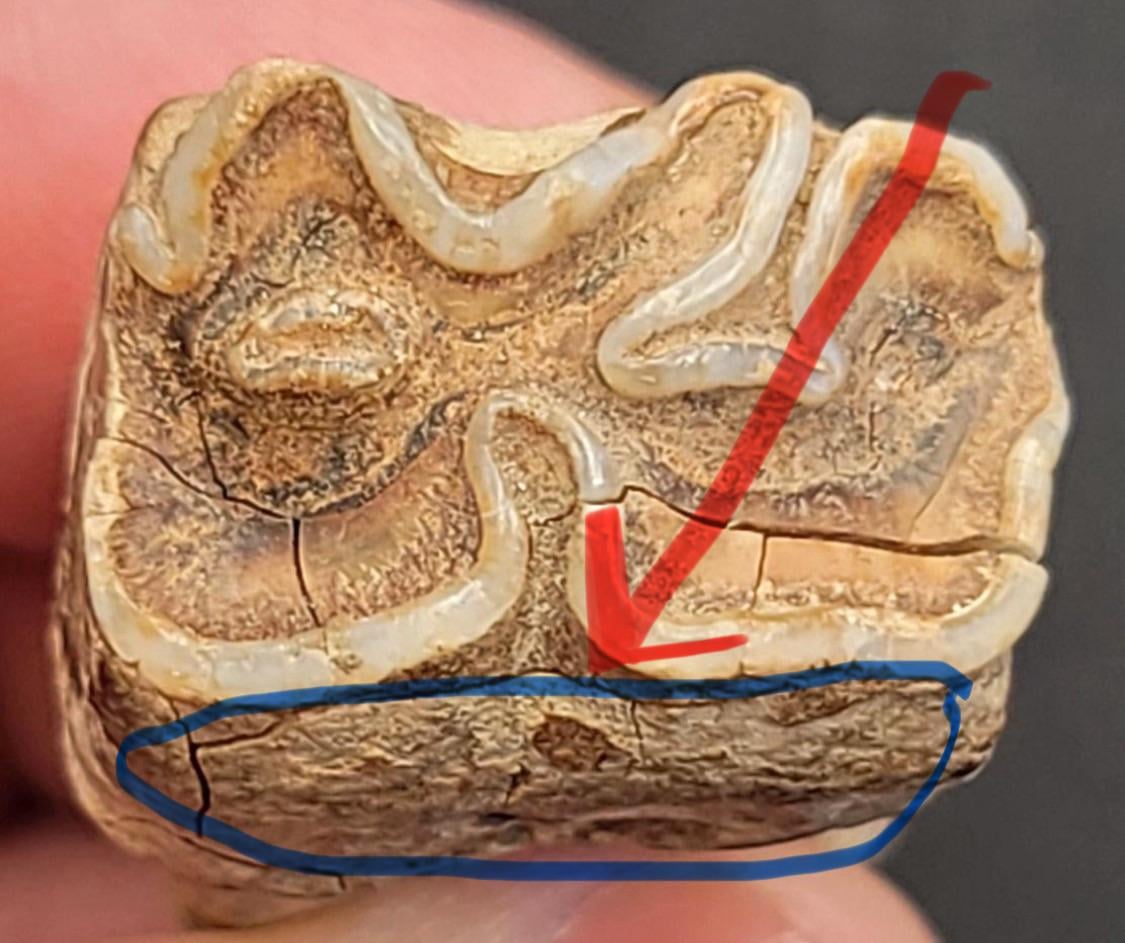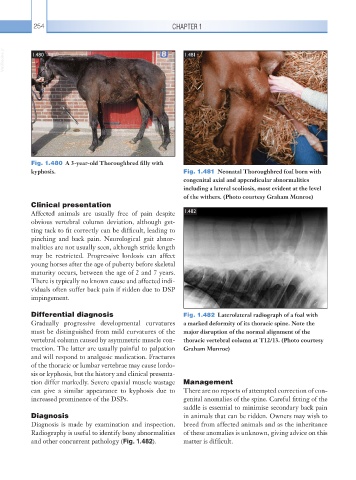Horse Aging: How to Tell a Horse’s Age

Understanding a horse’s age is essential for proper care, training, and health management. Unlike humans, horses don’t carry official birth certificates visible to everyone, so owners and enthusiasts often rely on physical signs and dental examination to estimate age. This article explores the most reliable methods to determine a horse’s age, including dental features, physical characteristics, and behavioral cues.
Table of Contents
- Introduction to Horse Aging
- Why Knowing a Horse’s Age Matters
- Methods to Determine a Horse’s Age
- Dental Examination
- Physical Characteristics
- Behavioral Signs
- Detailed Guide to Dental Aging
- Other Physical Indicators
- Common Myths About Horse Aging
- Frequently Asked Questions (FAQ)
1. Introduction to Horse Aging
Horses age differently than humans, and their physical and behavioral changes can provide clues about their age. Accurate age estimation helps in managing diet, exercise, and medical care.
2. Why Knowing a Horse’s Age Matters
- Health Management: Older horses may require special diets and veterinary care.
- Training and Performance: Age affects stamina and training approaches.
- Breeding Decisions: Age influences fertility and breeding suitability.
- Legal and Sale Purposes: Age verification is important for sales and competitions.
3. Methods to Determine a Horse’s Age
Dental Examination
The most common and reliable method involves examining the horse’s teeth. Changes in tooth shape, wear patterns, and eruption times provide age clues.
Physical Characteristics
Body condition, coat texture, and muscle tone can indicate age but are less precise than dental checks.
Behavioral Signs
Activity levels and temperament may change with age, offering additional hints.
4. Detailed Guide to Dental Aging
| Age Range | Dental Features | Description |
|---|---|---|
| Foal (0-1 year) | Deciduous (baby) teeth present | Temporary teeth erupt and are replaced by permanent teeth over time |
| 1-5 years | Permanent incisors erupt | Central, intermediate, and corner incisors appear sequentially |
| 5-10 years | Teeth wear patterns develop | Cups disappear from incisors, and dental stars appear |
| 10-20 years | Galvayne’s groove appears | Groove on upper corner incisor becomes visible and changes over time |
| 20+ years | Teeth may become worn and angled | Teeth show significant wear, and the angle of incidence increases |
Key Dental Terms
- Cups: Hollow marks on the biting surface of incisors
- Dental Stars: Dark spots appearing as teeth wear
- Galvayne’s Groove: A vertical groove on the upper corner incisor used to estimate age
5. Other Physical Indicators
- Coat Condition: Older horses may have a duller, coarser coat
- Muscle Tone: Muscle mass decreases with age
- Joint Health: Stiffness or swelling can indicate aging
6. Common Myths About Horse Aging
- “You can tell a horse’s age by its color alone” – False
- “Older horses can’t perform well” – Many older horses remain active and healthy
7. Frequently Asked Questions (FAQ)
Q1: Can I tell a horse’s age just by looking at its teeth?
A: Teeth provide the best estimate but should be assessed by an experienced person.
Q2: How accurate is dental aging?
A: Dental aging is fairly accurate up to about 15 years; beyond that, it becomes less precise.
Q3: Are there any tools to help determine a horse’s age?
A: Veterinarians may use dental charts and sometimes X-rays for more precise aging.
Q4: Does diet affect a horse’s teeth and aging signs?
A: Yes, diet and environment can influence tooth wear and overall aging appearance.
By understanding these methods and signs, horse owners can better care for their animals throughout their lives, ensuring health and happiness at every stage.
